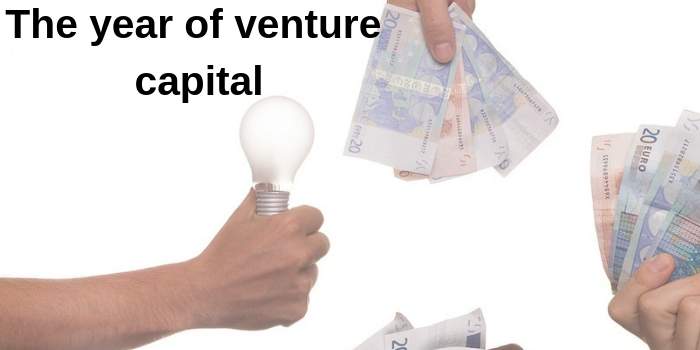
Money is the root of all evil or so they say. It always seems contradictory to line up one’s own pocket and have a significant contribution to society. But, today’s investment game opens a window of opportunity that does just that. Impact investing, is a type of Fund Formation that, instead of looking for the highest possible profit, aims to help a worthier cause – the environment, sustainable development, education, humanitarian aid, etc. This was brought upon by investors that have a conscientious awareness of how the multi-trillion dollar industry is affecting the world.
Impact investment and its fund formation is a form of investing that starts by looking at the effects of investing first, before measuring the profit that could be netted. To have the biggest possible “impact”, the priority, as with all investments, is to put up an equity amount that will yield optimum returns. And when implement successfully, can still generate profit, and in some cases, even more so than other forms of investment. The key is leveraging the goodwill developed by the media mileage, both traditional and media, of such investments. Of course, it still depends on the type of investment, target populace, and having legal knowledge in the ins and outs of this sort of investing, but it can be done.
Smokes and Mirrors
The response of the population is a strong determinant of the actual returns yielded from the investment. For example, investors from a fishermen community, whose livelihood depends almost solely on the ocean, will have better feedback when pitched a proposal about clearing the ocean floors of trash or plugging the sewer pipelines that lead to the rivers. But intent and delivery are still the most important factors. Adding a few puffery like, “Saving the Planet”, to a corporate slogan is not going to cut it. This is where fund formation becomes extremely important. Given the nature of the business, the background of the proposal, especially the financial sources, will be under more scrutiny than usual. After all, saving the oceans, will not make any sense if the main backer is an irresponsible oil mining venture.
The people behind the fund formation has to be extra diligent with regards to who they want to talk with and how they are going to do it when generating the fund. It can be so easy to be swayed by the crowd and mumble a few buzz words in hope of landing a pitch. But when investors ask for having an actual impact, they have to be given concrete proposals.
It is also of prime importance that you and the clients see eye to eye on how to proceed. It is vital to ask them what they want. As opposed to traditional investing where clients are simply given a step by step process to on how to maximize profit. Impact fund formation will be driven almost exclusively on how the client defines “Impact”. Since the process has to adhere to, in one way or another, the philosophy of the client and how he sees the outcome of the investment. Investors have to be assured of a transparent and responsible fund formation outlay.
Impact Metrics
At the beginning of the negotiations, make sure that the clients know exactly how they will be able to measure the impact of their investment. This means verifiable evidences based on numbers and figures. For example, the number of families lifted from poverty, the amount raised for the benefit of a charity, or number of orphaned children put through school. This task, can of course be outside the scope of the legal team, and can be simply outsourced to another company. But, the obligation of drafting and identifying the measures is still up to them.
It is also important to disclose the possible negative impact brought by the investment to give the investors the chance to rethink before proceeding. After all, how the investors wish to be perceived is a big factor in engaging in impact investment in the first place. For instance, funding a clean hydroelectric power source can save the earth from a few more tons of carbon emission, and can net a hefty profit. But on the other hand, the dams required to harness energy is a danger to biodiversity and can displace millions of inhabitants.
The incentives
As keen as the investors are for doing good for the world, between the lines, they will still want to be rewarded for their investment. Given many facets of this form of fund formation, the specifics of profit creation can be lost in translation. The proceeds of the investment’s returns have to be outlined clearly, especially, the flow of returns back to the investors.
There are many different ways of distributing profit. Impact clawback – a means where each beneficiary is capped at a specific rate to allow redistribution of the returns. Additionally, the legal team needs a firm grasp on the possibilities that lie ahead in going through with the venture. This is to ensure that investors do not “miss out” on possible opportunities to either expand on their profits or extend the impact of their investment.
The final word
Because of the nature of impact investment fund formations, there are a multitude of ways that legal teams can offer services to their clients. When clients are specific, like investing in a new school in the inner city, the options are tied to the single entity – the school, and does not offer much flexibility in terms of profit. But this is probably by design, and the client is not especially concerned about the returns. In most cases however, where the client gives a vague proposal, the plan has to be more expansive and the legal team is left with the task of pitching the best bang for the buck ideas to the client. A client may ask for something as both simple and complex as “Stop global warming”. Planning the intricacies and exhausting the possible options is the job of the attorney. As well as, making sure that the investment yield returns to satisfy the client.




